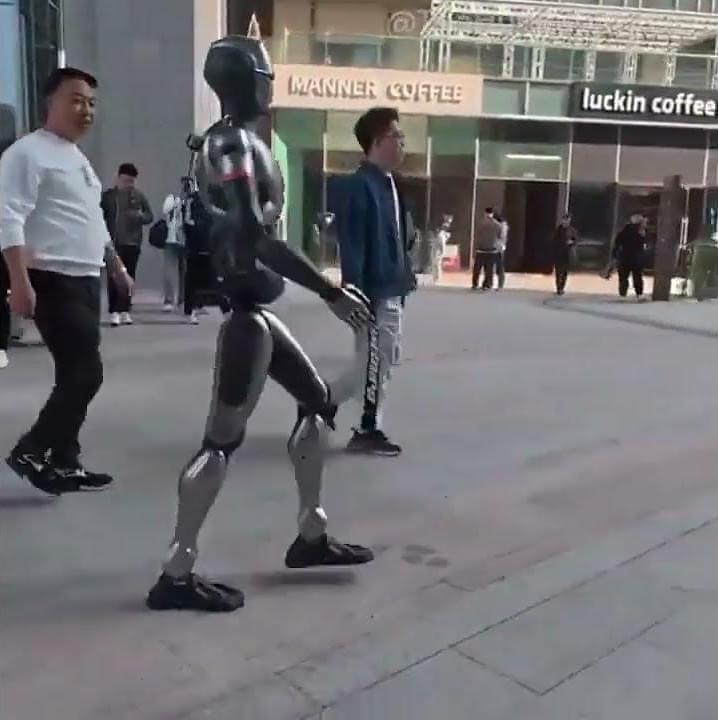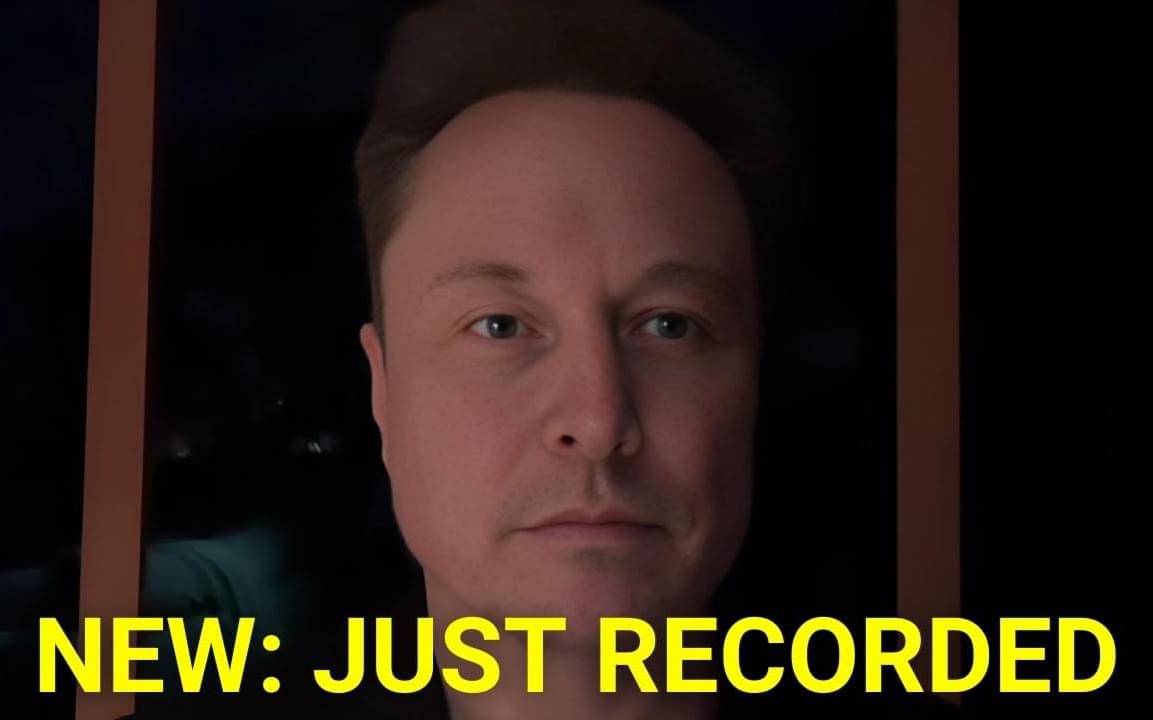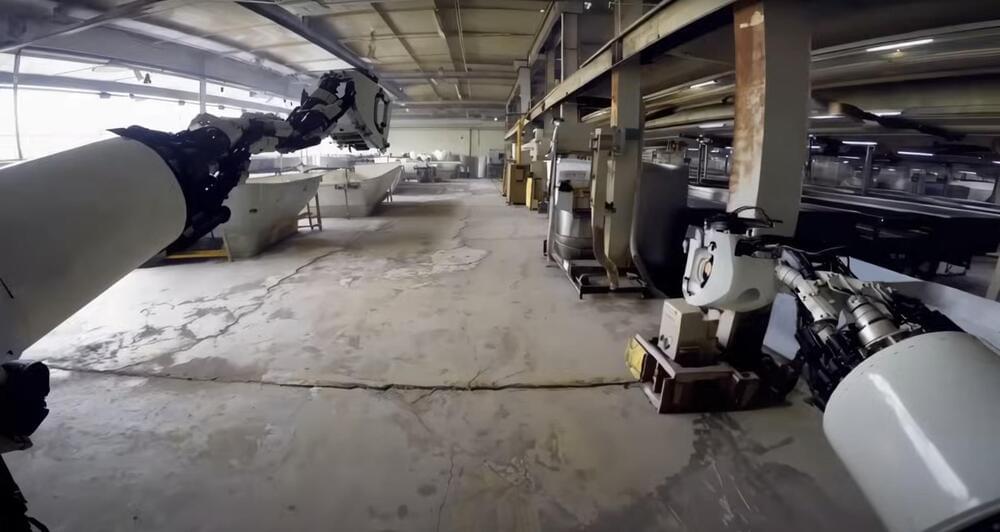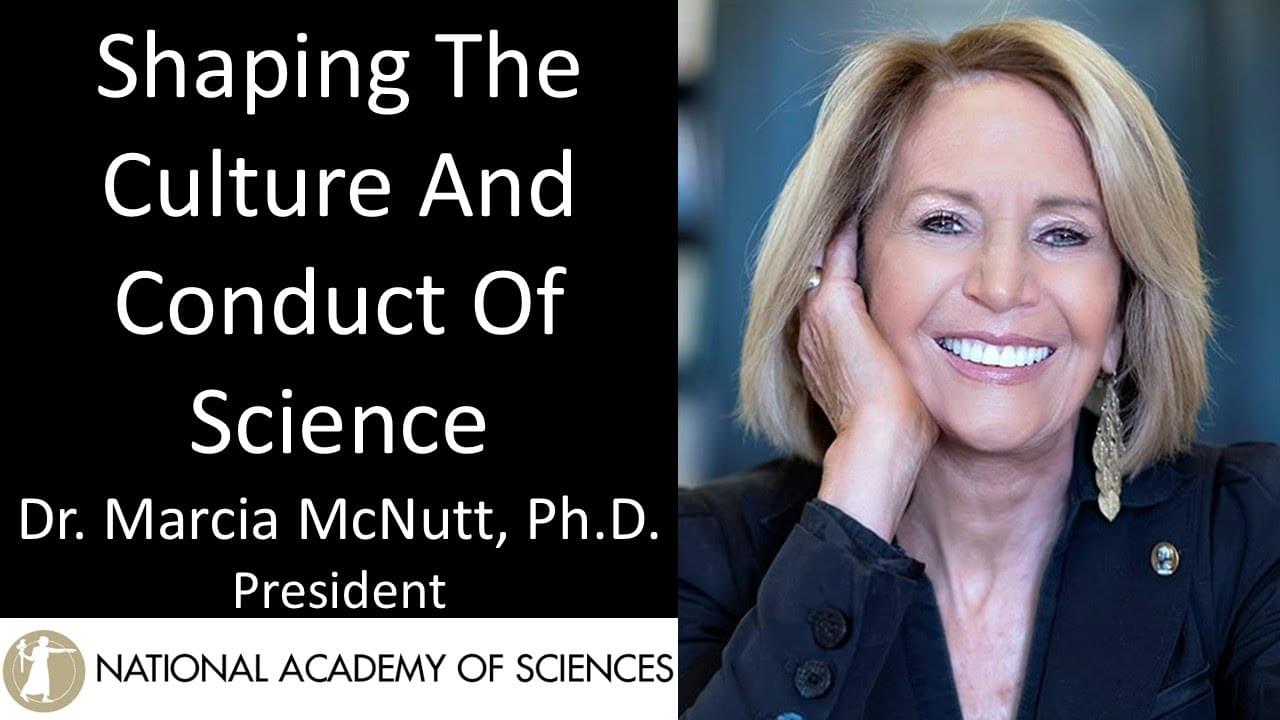Jan 10, 2025
😱EngineAI’s SE01 humanoid robot walking around Shenzhen campus
Posted by Saúl Morales Rodriguéz in category: robotics/AI
LEARN HOW TO TRAIN ROBOTS: https://deeplearningcourses.com/?utm_source=youtube&utm_medi…=jan082025

LEARN HOW TO TRAIN ROBOTS: https://deeplearningcourses.com/?utm_source=youtube&utm_medi…=jan082025

At CES 2025, Elon Musk joined Mark Penn the Stagwell CEO, and 25 CMOs to discuss AI, robotics, Neuralink, space exploration, and Mars colonization. Musk shared bold predictions on AI’s role in cognitive tasks, humanoid robots, autonomous cars, and X’s future as a platform for collective human consciousness. They also explored government’s role in tech, internet connectivity, and combating global pessimism.
00:00 Introduction and Welcome.
01:52 Elon Musk on AI and Future Technology.
05:12 Advancements in Self-Driving Cars.
07:23 Humanoid Robots and Their Impact.
09:26 Mars Colonization Plans.
11:24 Neuralink and Brain-Computer Interfaces.
14:03 Government Efficiency and Budget Cuts.
17:49 Freedom of Speech and Social Media.
23:50 Optimism for the Future.

The AI behavior models controlling how robots interact with the physical world haven’t been advancing at the crazy pace that GPT-style language models have – but new multiverse ‘world simulators’ from Nvidia and Google could change that rapidly.
There’s a chicken-and-egg issue slowing things down for AI robotics; large language model (LLM) AIs have enjoyed the benefit of massive troves of data to train from, since the Internet already holds an extraordinary wealth of text, image, video and audio data.
Continue reading “Multiverse simulation: Robotic AI is about to accelerate sharply” »
AI promises to help scientists do more, faster, with less money. But it brings a host of new concerns, too — and if scientists rush ahead with AI adoption they risk transforming science into something that escapes public understanding and trust, and fails to meet the needs of society.
Experts have already identified at least three illusions that can ensnare researchers using AI.

Shaping The Culture & Conduct Of Science — Dr. Marcia McNutt Ph.D. — President, National Academy Of Sciences
Dr. Marcia McNutt, Ph.D. is President of the National Academy of Sciences (https://www.nasonline.org/directory-e…), where she also chairs the National Research Council, the operating arm of the National Academies of Sciences, Engineering, and Medicine, and serves a key role in advising our nation on various important issues pertaining to science, technology, and health.
Technological development has hit warp speed – in a flash, stars have stretched into starlines and where we are today is far from where we were just days ago. It’s increasingly difficult to predict where we will be tomorrow.
One thing is clear: we are entering the Artificial General Intelligence (AGI) spectrum and Artificial Superintelligence (ASI) now seems clearly within reach. However it is defined, AGI will not appear suddenly; it will evolve and already we see signs of its incremental unfolding.
AGI has long been the ultimate goal—a technology capable of performing the mental work of humans, transforming how we work, live, think. Now, as we step into 2025, glimmers of AGI are already appearing and promise to grow stronger as the year moves along.
Last month, Klarna CEO Sebastian Siemiatkowski boasted that he hadn’t hired anyone in a year as a result of his company embracing AI.
Klarna’s workforce had shrunk by about 22 percent since doubling down roughly a year ago. Meanwhile, the company has amassed a valuation of well over $14 billion, in what Siemiatkowski frames as a financially successful bid to cash in on the hype surrounding AI.
The fintech company, which offers “buy now, pay later” services for the e-commerce industry, made a big fuss about its OpenAI ChatGPT integration, gushing that its AI assistant could do the work of “700 full-time agents” in a February press release.